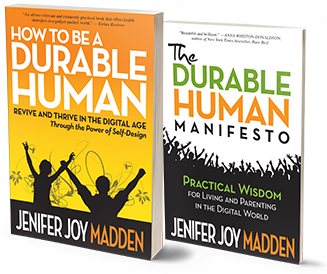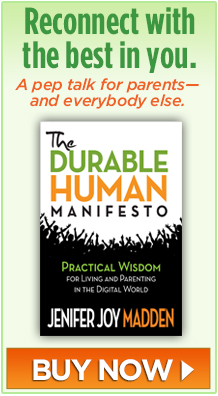December 19, 2009
The snow just keeps on coming. In front of my house, a lone pair of tire tracks fades with each falling inch. Yet, under the drifts at the end of the driveway, is a plastic bag with today’s Washington Post. It’s as if it’s 1999, when everyone got the paper and the day couldn’t start unless you devoured those words along with your toast and coffee. But the bag is skinny now and fewer subscribers are on the street, yet someone still managed to bring my paper in the worst December storm on record.
The front page tells of another endangered habit. People complain about empty mailboxes and no festive cards to make their day. But others are glad to be done with the tradition. They love using Facebook because they can send quick, paperless greetings and a steady supply of family snapshots all year long.
I, too, am toying with discarding the card idea. In the few days our grown-up kids were together this summer, no one thought to take a perfect picture. But we’ll hang in for another year and send a generic photo. Whatever goes in the mail, I know I can depend on a slew of hard-working humans to get it where it needs to go.
Amazon depends on humans, too. I never thought much about that until I stumbled on a link to their holiday help-wanted ad. Amazon hires walk 10 to 15 miles a day and “repetitively lift, bend, stoop and squat”. I suddenly realized, when I order on Amazon, a great effort will be made on my behalf – not by robots or machines – but by living, breathing people. Continue reading



